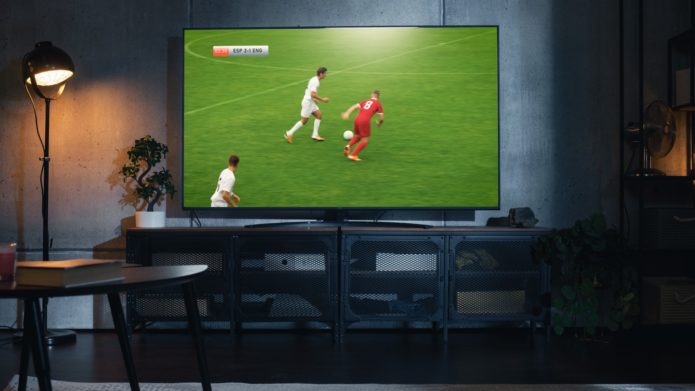Buying a new TV isn’t as simple as it once was. With regular advances in technology, TVs now come in all shapes and sizes and have more features than you likely know what to do with. How big of a TV do you need? What’s the difference between 4K and UHD? All of these (and more) questions should be considered before splurging on your next entertainment centerpiece, but don’t forget about another important feature: refresh rate.
****
What is refresh rate? It’s certainly one of the things you need to know before buying a new monitor, but how does it affect a TV? In the simplest terms, a TV’s refresh rate determines how smooth of an image it can produce. It’s actually how quickly the device can generate new images because, at the end of the day, shows, movies, and sports are just a series of rapid images. The higher the refresh rate, the smoother the transition to the next “image,” and overall, the more natural and realistic movement looks on-screen.
60Hz has long been the standard for TV refresh rates. However, that’s changed in recent years, with 120Hz becoming the new norm. Some companies even produce 144Hz, 240Hz, and 480Hz TVs. The higher the refresh rate, the higher the price, so you’ll want to make sure you find a top-rated TV worth the cost. Thankfully, we’ve done the work for you, finding a few highly rated TVs with a 120Hz refresh rate and up.
****


